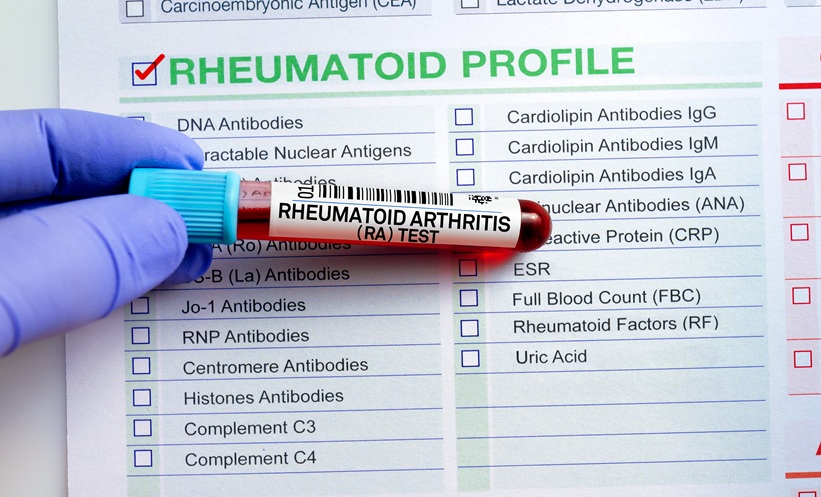INDIVIDUALS with joint pain or arthritis have almost proverbially associated weather conditions with varying levels of pain. However, research undertaken as part of what may be the deepest database analysis ever of this claim suggests this could actually be attributed to changes in physical activity levels as opposed to weather effects. A total of 50 of the most populous cities in the USA were selected and daily summaries of local weather were collected from 1st January 2011–31st December 2015. Temperature, precipitation, relative humidity, and barometric pressure measurements were compiled. Temperatures <23°F were grouped, as were temperatures >86°F. Five cities were excluded from the final results due to incomplete data.
Google Trends was used to ascertain the prevalence of search terms associated with hip and knee pain over the study period. It was deemed important to analyse internet data because web searches are fast becoming people’s first response to experiencing adverse health symptoms. Researchers used search strings of words and phrases associated with hip pain, knee pain, and arthritis. As a control, search terms for stomach pain were also included. After analysis, only temperature and precipitation were found to have statistically significant associations with hip and knee pain. Both knee and hip pain searches rose steadily as temperatures increased, and knee and hip pain searches peaked at 73°F and 83°F, respectively, with both tailing off after peaking. Interestingly, increased rain reduced searches for both conditions. In contrast, the stomach pain searches were higher during extremes of temperature and reduced during mild weather conditions.
Researchers hypothesised that “changes in physical activity levels” was primarily responsible for the searches. Dr Scott Telfer, University of Washington School of Medicine, St. Louis, Missouri, USA, explained: “We have not found any direct mechanism that links ambient temperature with pain. What we think is a much more likely explanation is the fact that people are more active on nice days, so more prone to have overuse and acute injuries from that and to search online for relevant information.” The research team is continuing to develop this hypothesis in their future work to further understand the association between rheumatic pain and weather conditions.
(Image: freeimages.com)








